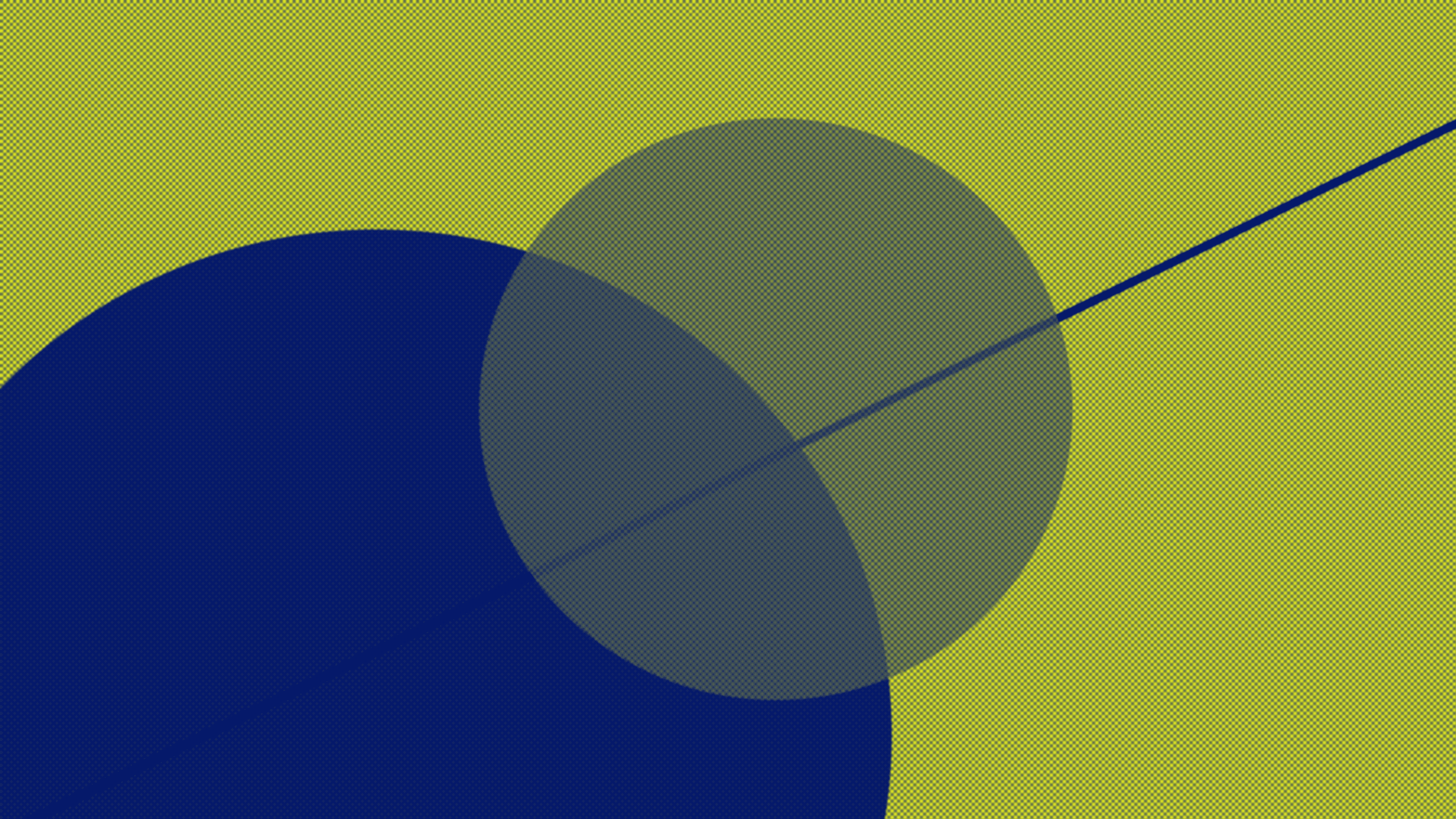Redesigned PLOS Journals – now launched
 On the eve of our tenth anniversary, we’re pleased to announce that the redesign of all PLOS journals is now live. The three goals of this initiative were to:
On the eve of our tenth anniversary, we’re pleased to announce that the redesign of all PLOS journals is now live. The three goals of this initiative were to:
- Ensure that readers can quickly assess the relevance and importance of an article through a figure browser and highly visible Article-Level Metrics
- Improve site navigation to help users discover content more easily
- Launch a flexible platform from which to build out future innovations
This refresh offers users more effective ways to access and read content, updates the overall appearance of the sites and harmonizes them with our new PLOS look announced earlier this year.
 Many of you will have noticed some ongoing enhancements to the journals this year, for example figures and Article-Level Metrics (ALM). You can expect similar developments to continue to roll out starting in early 2013 and into the future as we continue to adapt to meet user needs.
Many of you will have noticed some ongoing enhancements to the journals this year, for example figures and Article-Level Metrics (ALM). You can expect similar developments to continue to roll out starting in early 2013 and into the future as we continue to adapt to meet user needs.
After extensive research into how researchers find and use content, we’ve focused our attention on refining and improving our article layout and functionality so that we can help you to locate relevant articles more quickly and enrich your reading experience. Here’s a short video, and a brief rundown of the new user features that you can see from today:
- More prominent figures – featured throughout articles and search so that you can quickly determine if an article is relevant
- Enhanced Discovery – Search now reflects our new expanded taxonomy of subject categories
- Metrics Signposts – sub-sets of ALM data, provide at-a-glance measures of article reach and impact
- Custom Saved Search – log in, enter your keywords and save, then receive new content that precisely meets your interests via email
- Author data – clear presentation of affiliations/attribution for each author as well as grouped by institution
- Abstract and Figure viewer – providing new ways for you to get around and find what matters
- Faster navigation – persistent (so you never get lost) and floating (follows you down the page)
- Clearer Tabs – easier to see and use, providing enriched article information
To find out more about our new features and get tips on navigating the new site please visit our updated Help page.
PLOS is taking advantage of the most powerful web technologies to improve our reader experience, promote Open Access and encourage conversation around the latest research to accelerate progress in science and medicine and lead a transformation in research communication.
We’re proud to have self-funded this project using revenue generated from our publishing business. It’s of prime importance for us as a non-profit that we give back to the researchers who publish with us and what better way to say thank you than with an improved journal experience.
Here’s what Kristen Ratan, PLOS’ Chief Products and Publications Officer, had to say about this project. “PLOS’ top priority is meeting the needs of our researcher community and the new sites focus on accessing and assessing the article content and data as quickly as possible. The enhanced publishing platform will also allow us to quickly deploy new functionality and take our reader experience to a whole new level. We look forward to continuing to roll out improvements over the coming year and enriching our content still further”.
We welcome your feedback on our redesign in any one of a number of ways: comment on this post; Twitter; Facebook; or just plain old fashioned email.
